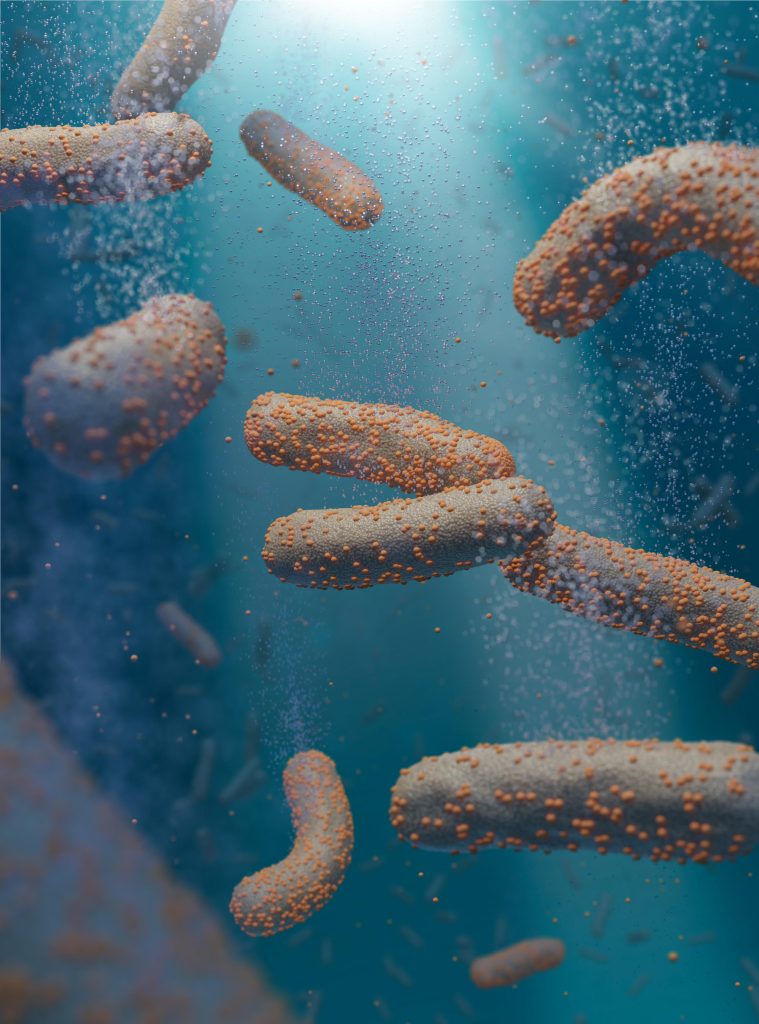
The system created by University of Rochester researchers mimics photosynthesis, utilizing semiconductor nanocrystals for light absorbers and catalysts and bacteria to donate electrons to the system. The system is submerged in water and driven by light. Bacteria (the large rods) interact with nanoparticle catalysts (the small orange dots) to make hydrogen gas (H2, the bubbles). Credit: University of Rochester illustration / Michael Osadciw
Researchers at the University of Rochester are harnessing the power of bacteria and nanomaterials to imitate the process of photosynthesis and produce clean-burning hydrogen fuel.
As the global need for clean, sustainable energy intensifies, scientists are drawing inspiration from the process of photosynthesis. Aiming to design innovative, eco-friendly methods for creating clean hydrogen fuel, a research team at the University of Rochester is initiating a revolutionary project to mimic photosynthesis artificially, utilizing bacteria to transmit electrons to a nanocrystal semiconductor photocatalyst.
In a study recently published in the Proceedings of the National Academy of Sciences, Kara Bren, the Richard S. Eisenberg Professor in Chemistry at Rochester, and Todd Krauss, a professor of chemistry, reveal that the bacteria Shewanella oneidensis can serve as a cost-effective and efficient source of electrons for their artificial photosynthesis system.
By leveraging the unique properties of these microorganisms along with nanomaterials, the system has the potential to replace current approaches that derive hydrogen from fossil fuels, revolutionizing the way hydrogen fuel is produced and unlocking a powerful source of renewable energy.
“Hydrogen is definitely a fuel of high interest for the DOE right now,” Bren says. “If we can figure out a way to efficiently extract hydrogen from water, this could lead to an incredible amount of growth in clean energy.”
‘An ideal fuel’
Hydrogen is “an ideal fuel,” Bren says, “because it’s environmentally friendly and a carbon-free alternative to fossil fuels.”
Hydrogen is the most abundant element in the universe and can be produced from a variety of sources, including water, natural gas, and biomass. Unlike fossil fuels, which produce greenhouse gases and other pollutants, when hydrogen is burned, the only byproduct is water vapor. Hydrogen fuel also has a high energy density, which means it contains a lot of energy per unit of weight. It can be used in a variety of applications, including fuel cells, and can be made on both small and large scales, making it feasible for everything from home use to industrial manufacturing.
The challenges of using hydrogen
Despite hydrogen’s abundance, there is virtually no pure hydrogen on Earth; it is almost always bound to other elements, such as carbon or oxygen, in compounds like hydrocarbons and water. To use hydrogen as a fuel source, it must be extracted from these compounds.
Scientists have historically extracted hydrogen either from fossil fuels, or, more recently, from water. To achieve the latter, there is a major push to employ artificial photosynthesis.
During natural photosynthesis, plants absorb sunlight, which they use to power chemical reactions to convert carbon dioxide and water into glucose and oxygen. In essence, light energy is converted into chemical energy that fuels the organism.
Similarly, artificial photosynthesis is a process of converting an abundant feedstock and sunlight into a chemical fuel. Systems that mimic photosynthesis require three components: a light absorber, a catalyst to make the fuel, and a source of electrons. These systems are typically submerged in water, and a light source provides energy to the light absorber. The energy allows the catalyst to combine the provided electrons together with protons from the surrounding water to produce hydrogen gas.
Most of the current systems, however, rely on fossil fuels during the production process or don’t have an efficient way to transfer electrons.
“The way hydrogen fuel is produced now effectively makes it a fossil fuel,” Bren says. “We want to get hydrogen from water in a light-driven reaction so we have a truly clean fuel—and do so in a way that we don’t use fossil fuels in the process.”
Rochester’s unique system
Krauss’s group and Bren’s group have been working for about a decade to develop an efficient system that employs artificial photosynthesis and utilizes semiconductor nanocrystals for light absorbers and catalysts.
One challenge the researchers faced was figuring out a source of electrons and efficiently transferring the electrons from the electron donor to the nanocrystals. Other systems have used ascorbic acid, commonly known as vitamin C, to deliver electrons back to the system. While vitamin C might seem inexpensive, “you need a source of electrons that is almost free or the system becomes too expensive,” Krauss says.
In their paper, Krauss and Bren report on an unlikely electron donor: bacteria. They found that Shewanella oneidensis, bacteria first gathered from Lake Oneida in upstate New York, offers an effectively free, yet efficient, way to provide electrons to their system.
While other labs have combined nanostructures and bacteria, “all of those efforts are taking electrons from the nanocrystals and putting them into the bacteria, then using the bacterial machinery to prepare fuels,” Bren says. “As far as we know, ours is the first case to go the opposite way and use the bacteria as an electron source to a nanocrystal catalyst.”
When bacteria grow under anaerobic conditions—conditions without oxygen—they respire cellular substances as fuel, releasing electrons in the process. Shewanella oneidensis can take electrons generated by its own internal metabolism and donate them to the external catalyst.
A fuel of the future
Bren envisions that, in the future, individual homes could potentially have vats and underground tanks to harness the power of the sun to produce and store small batches of hydrogen, allowing people to power their homes and cars with inexpensive, clean-burning fuel. Bren notes there are currently trains, buses, and cars powered by hydrogen fuel cells but almost all the hydrogen that is available to power these systems comes from fossil fuels.
“The technology’s out there,” she says, “but until the hydrogen’s coming from water in a light-driven reaction—without using fossil fuels—it isn’t really helping the environment.”
Reference: “Shewanella oneidensis MR-1 respires CdSe quantum dots for photocatalytic hydrogen evolution” by Emily H. Edwards, Jana Jelušić, Ryan M. Kosko, Kevin P. McClelland, Soraya S. Ngarnim, Wesley Chiang, Sanela Lampa-Pastirk, Todd D. Krauss and Kara L. Bren, 17 April 2023, Proceedings of the National Academy of Sciences.
DOI: 10.1073/pnas.2206975120
The study was funded by the US Department of Energy.

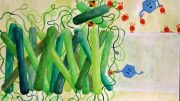

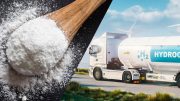
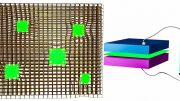
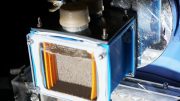
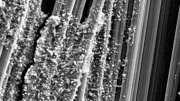
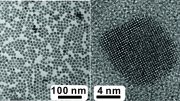

Wait!!…WAIT YOU FOOLS..until $$ hundreds of billions have been spent on a natiowide EV charging network. THEN announce a cheaper, more effective solution.
Give these grifters who shove their assinine ideas down our throats a chance to fluff their retirement pillows and straighten the lines on their golden parachutes first.
Gosh ! That sounds GREAT !
Untill you remember H2 is about 5 times as effective as CO2 at warming the globe. So how about you guys stop this right now?